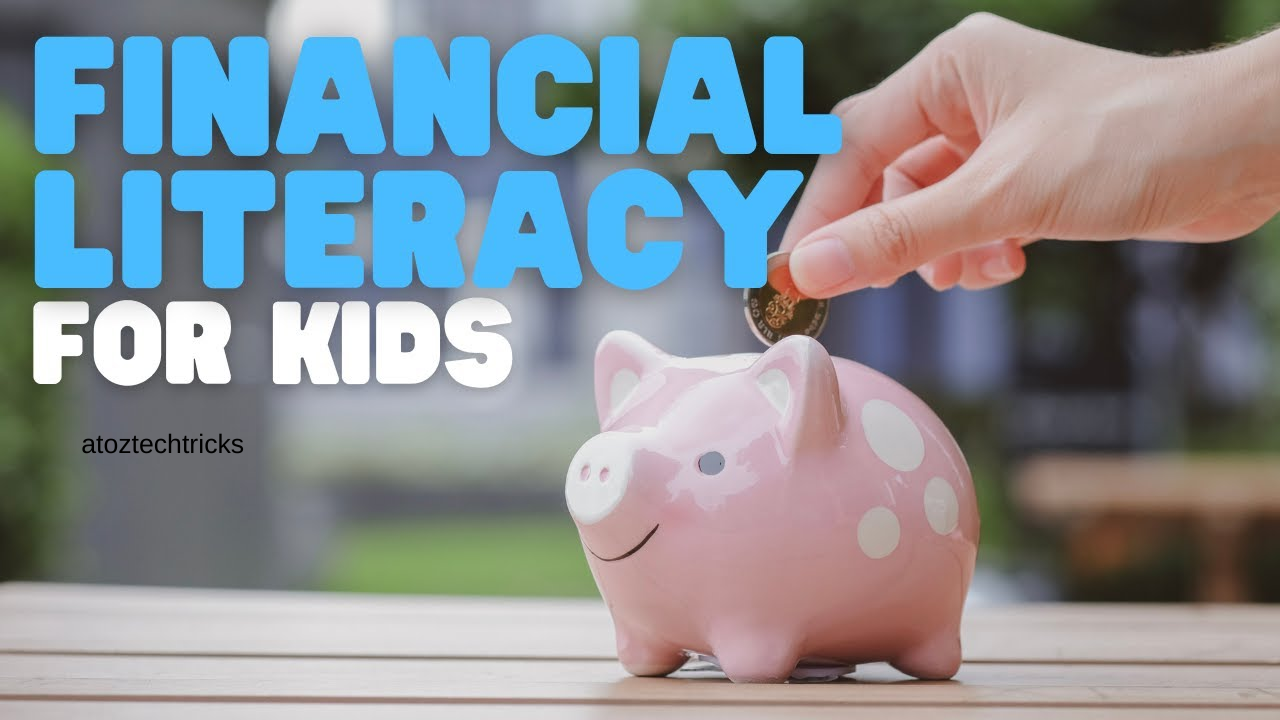Impact of Financial Aid: A Comprehensive Analysis
Financial aid plays a crucial role in the educational journey of millions of students worldwide. It acts as a bridge, allowing students from various economic backgrounds to access higher education and achieve their academic and professional goals. In this comprehensive analysis, we will explore the different aspects of financial aid, including its types, benefits, challenges, and long-term impacts on individual students and society.
Understanding Financial Aid
Types of Financial Aid
Financial aid is not a one-size-fits-all solution. It comes in various forms, each designed to meet the diverse needs of students. The main types include:
- Grants and Scholarships: These are often referred to as “gift aid” because they do not require repayment. Grants are typically need-based, while scholarships are often merit-based. Both play a significant role in reducing the financial burden on students.
- Loans: Student loans are a common form of financial aid. Unlike grants and scholarships, loans must be repaid, often with interest. They are available through federal programs, private lenders, and sometimes the educational institutions themselves.
- Work-Study Programs: These programs offer students the opportunity to work part-time while attending school. The earnings from these jobs help cover educational expenses and provide students with valuable work experience.
- Tuition Assistance Programs: Some employers offer tuition assistance as part of their benefits package. This type of financial aid can be particularly beneficial for students who are working while pursuing their education.
The Role of Government in Financial Aid
Governments play a critical role in the provision of financial aid. In the United States, for example, the federal government offers a variety of financial aid programs, including Pell Grants, Federal Work-Study, and Federal Direct Loans. These programs are designed to ensure that higher education remains accessible to all students, regardless of their financial situation.
State governments also contribute by offering grants and scholarships that are specific to residents of their state. These programs can significantly reduce the cost of education for in-state students and encourage them to attend local institutions.
The Role of Educational Institutions
Colleges and universities also play a vital role in the financial aid landscape. Many institutions offer scholarships, grants, and work-study programs. These are often funded through endowments, alumni donations, and other sources. Institutional aid can be especially important for students attending private colleges, where tuition costs are often higher.
Maximize Your College Savings: The Benefits of Using 529 Plans
The Benefits of Financial Aid
Increased Access to Education
One of the most significant benefits of financial aid is the increased access to education it provides. For many students, especially those from low-income families, the cost of higher education would be prohibitive without financial aid. By reducing this financial barrier, aid programs enable more students to pursue their educational goals and, in turn, improve their economic prospects.
Reduction of Student Debt
While student loans are a common form of financial aid, grants and scholarships help reduce the need for borrowing. This debt reduction can have long-term positive effects on students’ financial stability. Graduates with less debt are more likely to achieve financial independence sooner, invest in homes, and contribute to the economy.
Encouragement of Academic Achievement
Merit-based scholarships are designed to reward academic excellence. By offering financial incentives for high achievement, these scholarships encourage students to strive for better grades and engage more fully in their academic pursuits. This not only benefits the individual students but also contributes to a more educated and skilled workforce.
Support for Non-Traditional Students
Financial aid is not limited to traditional college-age students. Many aid programs are designed to support non-traditional students, such as adult learners, part-time students, and those returning to school after a break. This support is crucial in helping these students improve their skills, change careers, or complete a degree they previously started.
The Challenges of Financial Aid
Rising Tuition Costs
One of the biggest challenges facing financial aid systems is the rising cost of tuition. Over the past few decades, tuition rates have increased significantly, outpacing inflation and wage growth. This trend has put additional pressure on financial aid programs, which struggle to keep up with the growing need.
Inequities in Financial Aid Distribution
Despite the widespread availability of financial aid, there are significant inequities in how it is distributed. Students from affluent families often have access to more resources and support in navigating the financial aid process, while low-income students may face barriers in understanding and applying for aid. Additionally, merit-based aid can sometimes disproportionately benefit students from higher-income families who have had access to better educational resources.
Dependency on Loans
The increasing reliance on student loans is another major challenge. While loans can make higher education accessible, they also saddle students with significant debt. For some graduates, this debt becomes a long-term burden that affects their financial decisions and overall quality of life. The challenge of repaying student loans is compounded by uncertain job markets and wage stagnation.
Complex Financial Aid Systems
The financial aid system can be complex and difficult to navigate. Students and their families often face challenges in understanding the various types of aid, eligibility criteria, and application processes. This complexity can lead to missed opportunities for aid or mismanagement of financial resources.
Long-Term Impacts of Financial Aid
Economic Mobility
Financial aid plays a critical role in promoting economic mobility. By providing access to higher education, it enables students from low-income backgrounds to gain the skills and knowledge necessary to secure well-paying jobs. This, in turn, helps break the cycle of poverty and promotes a more equitable society.
Workforce Development
A well-educated workforce is essential for a strong economy. Financial aid helps ensure that more individuals have the opportunity to pursue higher education, which leads to a more skilled and competitive workforce. This is particularly important in industries that require specialized knowledge and training, such as technology, healthcare, and engineering.
Social Equity
Financial aid contributes to social equity by reducing disparities in educational access. By helping students from diverse backgrounds attend college, financial aid promotes a more inclusive and diverse academic environment. This diversity enriches the educational experience for all students and helps prepare them to work in a global and multicultural society.
Impact on Graduation Rates
Access to financial aid has been linked to higher graduation rates. Students who receive adequate financial support are more likely to complete their degrees, as they can focus on their studies rather than worrying about financial constraints. Higher graduation rates benefit both the individual and society, as more educated citizens contribute positively to the community.
Influence on Career Choices
Financial aid can also influence students’ career choices. Graduates with significant student debt may feel pressured to choose higher-paying jobs, even if they are not aligned with their passions or interests. Conversely, those with less financial burden may have the freedom to pursue careers in fields such as education, social work, or the arts, which are traditionally lower-paying but have a high societal impact.
Celebrating Financial Milestones: A Guide to Recognizing and Rewarding Your Financial Success
Case Studies and Real-Life Examples
The Impact of the Pell Grant
The Federal Pell Grant is one of the most significant financial aid programs in the United States. Targeted at low-income students, the Pell Grant has made higher education accessible to millions of students who might not have otherwise been able to afford it. Research has shown that Pell Grant recipients are more likely to enrol in college and persist to graduation compared to their peers who do not receive such aid.
The Role of State Financial Aid Programs
State-funded financial aid programs also play a crucial role in supporting students. For example, the California Dream Act allows undocumented students in California to access state financial aid. This program has significantly increased college enrollment and completion rates among this population, demonstrating the power of targeted financial aid in promoting educational equity.
Institutional Aid and Private Scholarships
Private colleges and universities often offer substantial institutional aid packages to attract and retain talented students. For instance, many Ivy League schools have adopted need-blind admissions policies, which ensure that a student’s financial need does not impact their admission decision. These institutions also often cover the full demonstrated financial need of admitted students, reducing the reliance on loans and making education more accessible to students from all economic backgrounds.

The Future of Financial Aid
Trends in Financial Aid Policy
As the landscape of higher education continues to evolve, so too does the financial aid system. Policymakers are increasingly focusing on ways to make college more affordable and reduce student debt. Proposals such as free community college increased Pell Grant funding, and income-driven repayment plans are all part of the ongoing conversation about how to improve access to higher education.
The Role of Technology in Financial Aid
Technology is also playing a growing role in the financial aid process. Online platforms and tools are making it easier for students to apply for aid, manage their loans, and make informed decisions about their educational finances. However, there is still work to be done to ensure that all students have equal access to these resources.
The Global Perspective
While this analysis has focused primarily on the United States, financial aid is a global issue. Many countries face similar challenges in providing equitable access to higher education. In some nations, free or heavily subsidized higher education is available, while others rely on a mix of public and private funding sources. Understanding these global differences can provide valuable insights into how financial aid systems can be improved worldwide.
Financial aid is a critical component of the higher education system, with far-reaching impacts on individual students, educational institutions, and society as a whole. While it provides essential support to millions of students, enabling them to pursue their educational and professional goals, the system also faces significant challenges, including rising tuition costs, inequities in aid distribution, and the growing burden of student debt.
As we look to the future, it is clear that financial aid will continue to play a vital role in promoting educational access and equity. However, ongoing efforts to reform and improve the system are essential to ensure that all students have the opportunity to benefit from higher education. By addressing these challenges and embracing new opportunities, we can create a more just and equitable system that empowers students and strengthens society.




Post Comment